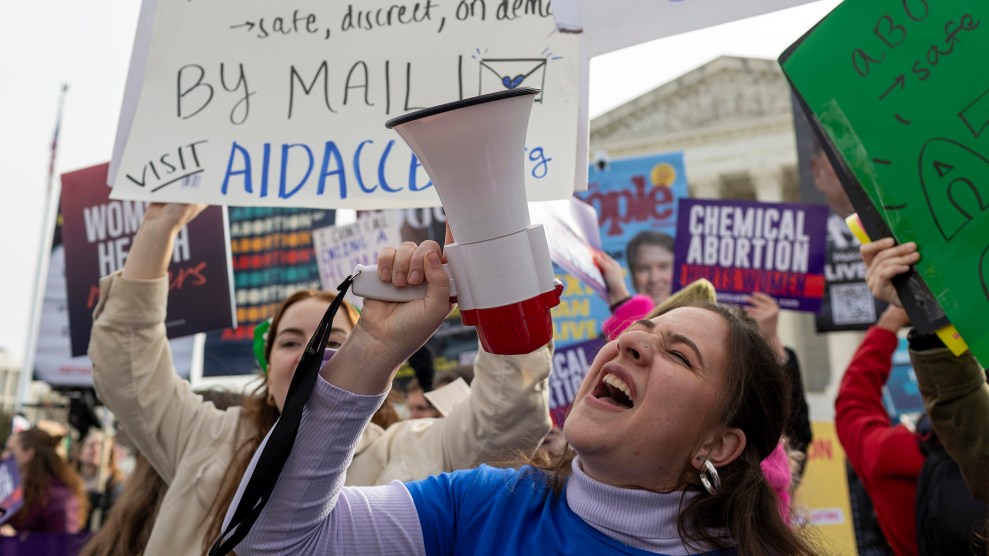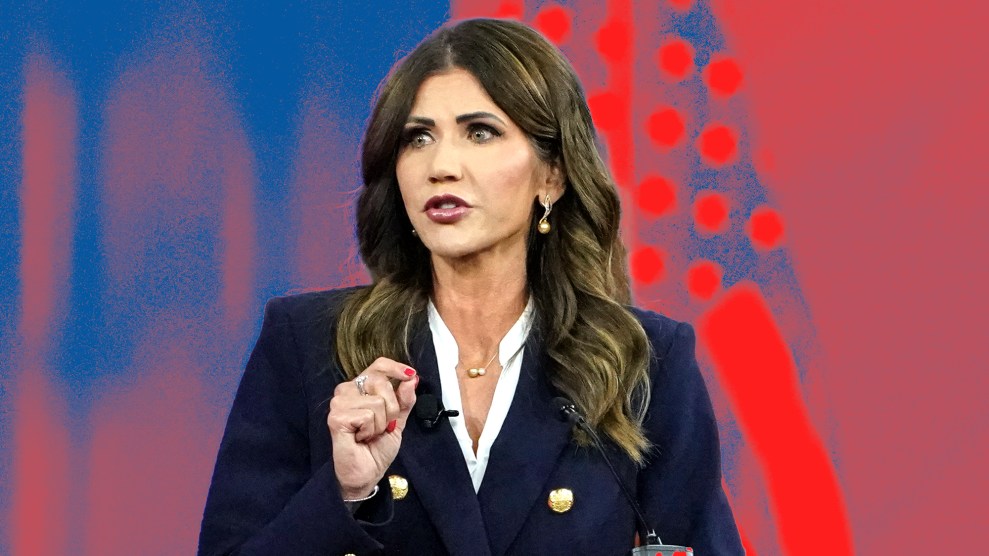Ryan Avent points today to a paper by Jim Hamilton suggesting that the real cause of our current recession is the spike in oil prices between 2007-2008. Here’s Hamilton on the implications of a model he originally constructed in 2003:
I used [] historically estimated parameters to find the answer to the following conditional forecasting equation. Suppose you knew in 2007:Q3 what GDP had been doing up through that date and could know in advance what was about to happen to the price of oil. What path would you have then predicted the economy to follow for 2007:Q4 through 2008:Q4?
….Somewhat astonishingly, that model would have predicted the course of GDP over 2008 pretty accurately and would attribute a substantial fraction of the significant drop in 2008:Q4 real GDP to the oil price increases. The implication that almost all of the downturn of 2008 could be attributed to the oil shock is a stronger conclusion than emerged
from any of the other models surveyed in my Brookings paper, and is a conclusion that I don’t fully believe myself.
Well, I don’t fully believe it either. But do I believe that the oil spike played a significant role? You bet. I don’t have any kind of background in econometrics, but I can create simple-minded charts showing how the economy responds to sharp rises in oil prices, and four years ago I did just that. My chart is on the right, and it shows that every time since 1973 that oil prices have risen by 50% or more in a short period, the American economy has tanked — and the bigger the spike, the bigger the tank. The far end of my chart is labeled with question marks, but of course we can now fill in that data: the rise in oil prices that began in 2003, retreated a bit in 2006, and then spiked sharply starting in 2007 did indeed touch off a recession. And as in previous episodes, the fact that it was a big rise meant that the result was a big recession.
Plus there was the whole subprime thing, a huge credit expansion, the rise of financial wizardry, the end of the housing bubble, and so forth. A perfect storm. But if you want to persuade me that oil prices played a role too, I’m all ears. I’d be pretty surprised if it were otherwise.

















